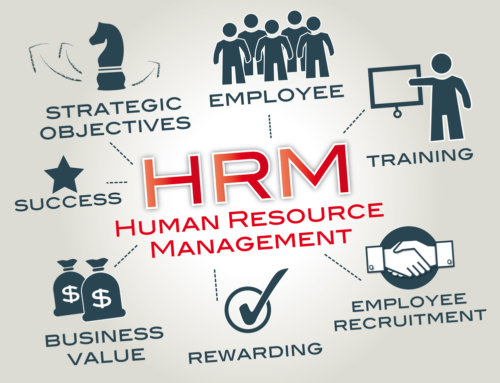Essentials of Focusing and Time Optimization.
An adage of the modern age is that our attention span is the most limited resource available to anyone. With the multitude of possible daily distractions, learning how to hone in one’s focusing abilities on the task at hand is essential for a healthy, productive lifestyle. Learning these techniques is a product of practice and determination; the reward for dedicating yourself to them is that your results will increase and your focusing power will greatly expand. Several methods have been reviewed and proven to improve one’s ability to improve workflow.
Becoming distracted, in essence, is removing yourself from the pattern or train of thought you were previously engaged in. All sorts of negative side effects can be associated with becoming distracted; most notable is the obvious: distractions lead to a lack of progress on the task at hand. Below is a small list of techniques to keep yourself on track and get more done.
Pomodoro Technique
This time-tested method has a very simple premise. You begin the cycle by setting a timer for 25 minutes, work those 25 minutes straight undisrupted, and then take a five-minute break. After those five minutes are up, begin another 25-minute cycle and continue the cycle until you reach four total “Pomodoro’s,” or cycles. The driving principle behind this method is that 25 minutes is a relatively short and manageable amount of time that most people can wrap their heads around and effectively tackle. Focusing power will exponentially improve.
COPE Method
Developed by productivity expert Peggy Duncan, this method is slightly more holistic than the POMODORO method. This acronym stressed: Clear-Organized-Productive-Efficient technique wherein the user must take a brief step back and examine the true causes of their distractions from a “10,000-foot” level. Start this method with a notebook by logging activities that “hold you back from getting work done throughout the day” and analyze the importance of them. Likely, you’ll discover many superfluous activities that are neither essential or important. In order to achieve maximum productivity, cut these time-wasters out of your life and free up time for more important things.
Get Organized, Get Efficient
An often overlooked and underutilized method is a very simple one that everyone has access to. On every smartphone, laptop, and tablet there are two tools that form the foundation of your toolkit: Calendar and Reminder lists. Begin by putting these tools at easy-to-access spots on your home screen and start to declutter everything else by utilizing the folders around it. Now, begin to plan every major event around your day whether it’s going to the grocery store or exercising. Every important work milestone should be planned and added to your reminder list. Begin every morning with a close look at your calendar and adhere to it with hourly check-ins. Boom! Productive!
Eisenhower Method and Pareto Analysis
The classic Eisenhower methodology utilizing a simple four-unit box to shift priorities and maximize efficiency. Steven Covey talks about this in his book: The 7 Habits of Highly Effective People. Separate a box into four equal spaces and list the following in them clockwise:
1. Urgent and important (tasks you will do immediately).
2. Important, but not urgent (tasks you will schedule to do later).
3. Urgent, but not important (tasks you will delegate to someone else).
4. Neither urgent nor important (tasks that you will eliminate).
Once completed, this box will help you visualize not only your priority list but how to determine if the distraction coming your way is a waste of time or not!
Lastly, stay healthy! A healthy mind and body is an absolute essential in your personal and professional life. Remaining active with a combination of applicable cardiovascular training and endurance exercises will allow your mind to keep sharp and focusing on your tasks. Productivity skyrockets after exercise due to the release of positive hormones associated with physical activity.
Connect with me on http://www.LinkedIn.com/in/parkerdlittle and http://www.Twitter.com/theparkerlittle
– Parker D. Little
Article Source: http://EzineArticles.com/expert/Parker_D_Little/2197316
Article Source: http://EzineArticles.com/9205724









Leave A Comment